Film Name: 志愿军:浴血和平 / The Volunteers: Peace at Last / The Volunteers: To the War 3
This year’s National Day holiday season saw the release of “The Volunteers: Peace at Last” (hereafter referred to as “Peace at Last”), the final installment of the “The Volunteers” trilogy.
My impression of this series has always been “neither good nor bad.” I wouldn’t say I particularly love it, but I always go to see the films. When I spot flaws, I’ll criticize them; when I find strengths, I’ll offer praise… But this “Peace at Last” gave me a different feeling.
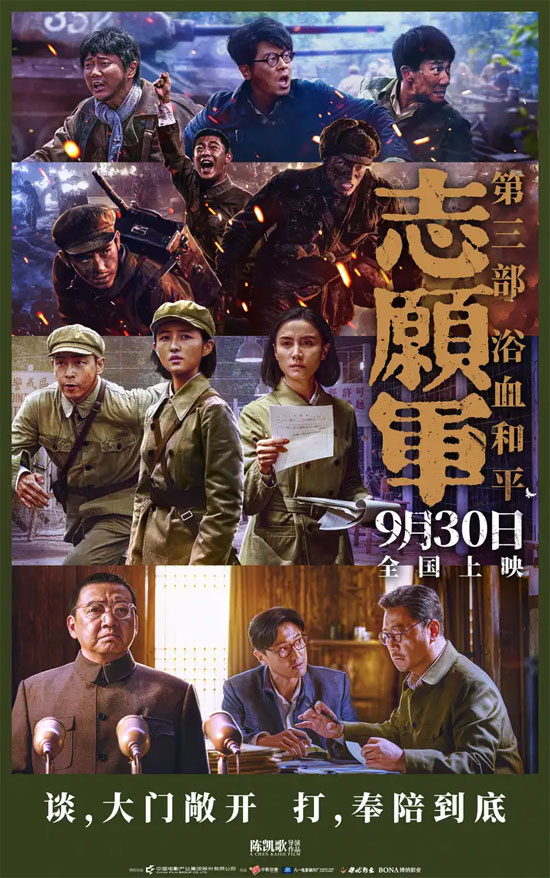
As a film, it still has many flaws and shortcomings, but it excels in two key aspects: portraying the immense difficulty China faced in maintaining sincerity, adhering to rules, exercising restraint, and remaining neither servile nor arrogant during ceasefire negotiations and international exchanges; and depicting the enormous sacrifices and costs incurred in achieving peace.
Therefore, even though “Peace at Last” didn’t leave me entirely satisfied overall, upon careful reflection and analysis, I’m willing to acknowledge it as a good film.
Let’s briefly discuss these two points.
The film chronicles the “fighting while negotiating” campaign from the Fifth Campaign of the Korean War until the signing of the armistice agreement, singling out the diplomatic clashes both at and behind the negotiating table as a focal point. In my recollection, previous films and TV works on the Korean War rarely focused on this aspect, as the outcome on the battlefield was considered paramount—”what cannot be gained on the battlefield cannot be gained at the negotiating table.”
Yet “Peace at Last” chose to depict it, devoting significant screen time, especially in the first half, to the story of the translator team—Lin Yueming and Li Xiao.
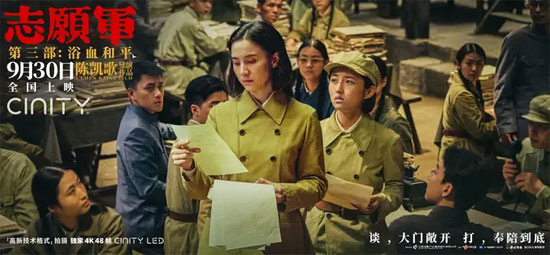
What I appreciate about this segment is its portrayal of the unpleasant realities of war. It’s easy to capture the “thrill”—simply depict bloody battles and defeating the enemy. The challenge lies in conveying the “unpleasantness.”
Why negotiate with the enemy? Why must we proactively adopt a welcoming, sincere attitude? From chief negotiator Deng Hua down to translator Li Xiao, none initially grasped this logic, even showing resistance.
Especially when the “United Nations Forces (US Army)” showed zero sincerity early on—constantly provoking, sabotaging, and disrupting negotiations with petty tricks. Doesn’t this make our magnanimity and decorum seem utterly pointless?
To further highlight this unfair situation and the extraordinary nobility beyond ordinary comprehension, the film sacrifices two key characters: Sun Xing, a soldier who appears throughout the trilogy, and Yao Qingxiang, the platoon leader of the guard platoon. Both meet deaths that are profoundly unjust (Sun Xing is shot in the back by U.S. soldiers who fled into the neutral zone; Yao Qingxiang is executed at point-blank range by enemy agents).
On the surface, both strictly adhered to the rule forbidding firing in the neutral zone, yet they were killed by enemies who disregarded it—dying in a pedantic, humiliating manner. But viewed from a broader, longer-term perspective, it is precisely this spirit that constitutes the indispensable fortitude enabling our side to gradually earn victory and advance toward prosperity.
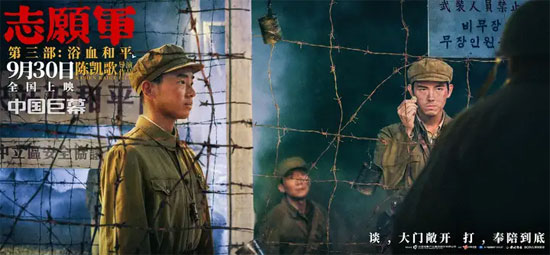
Sun Xing declared to the enemy: Even if you are the most powerful army in the world, you should not cross a thousand miles to bully others. And even though we are weak, we will fight you to the end—your victory would be dishonorable, let alone the fact that you cannot win. The outcome shattered their defenses.
Yao Qingxiang declared to all that principles exist more vital than life itself. No matter time or place, accountability and correction can only be sought from the other side—we are beyond reproach.
Pursuing “domination” is simple: just win by any means necessary and keep winning (until the day you fail)… Pursuing “the righteous path” is far harder. When weak, never bow your head; when strong, never act recklessly. This path demands upholding principles beyond mere victory or defeat. Though strewn with thorns, it leads the straightest and farthest way.
It was precisely because the Volunteer Army, from top to bottom, remained tenacious and consistently held the moral high ground that the United Nations forces ultimately conceded with genuine respect.
Having said that, one cannot overlook a glaring flaw in “Peace at Last”: its excessive pursuit of “grandiosity and completeness.” The insistence on giving every new and old character screen time resulted in a particularly disjointed middle and latter sections, causing the viewing experience to steadily decline.
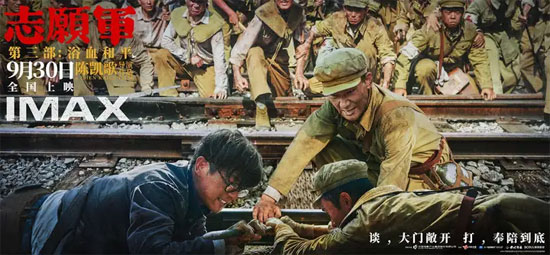
The film’s timeline spans quite a long period. Since it depicts a story of fighting and negotiating simultaneously, it should have stayed firmly focused on this central thread. Yet the screenwriters and directors insisted on cramming in every single character, turning what was originally a fairly solid narrative into a tedious parade of cameos. Among the original cast, Sun Xing, Zhao Annan, and others were phased out one after another, while Yang Sandi was struck down by a bacterial bomb. new characters like Zhang Juan and Huang Jiguang appear, and even Wu Benzheng and his “adopted younger brother” Zhang Xiaowen are given a tank battle…
While seemingly comprehensive, this approach disrupts narrative pacing. In practice, the proliferation of character arcs also renders the negotiation storyline somewhat disjointed.
Personally, I believe “Peace at Last” would have been better served by focusing solely on the two core elements: the negotiations at the table and the Battle of Shangganling. Additional character resolutions could have been incorporated afterward. Though this might seem unfair to other characters, it would at least ensure the film remains focused and compelling overall.
That said, I understand the rationale behind this structure. All these elements serve the film’s subtitle, “Peace at the Cost of Blood”—how was peace achieved? Not through enemy generosity, but through bloodshed and sacrifice.
The film depicts countless sacrifices, both famous and nameless. How many, like Li Moyin, fell on the battlefield without even the chance to be wrapped in horsehide for their return… Their sacrifices forged the final ceasefire and won precious peace.
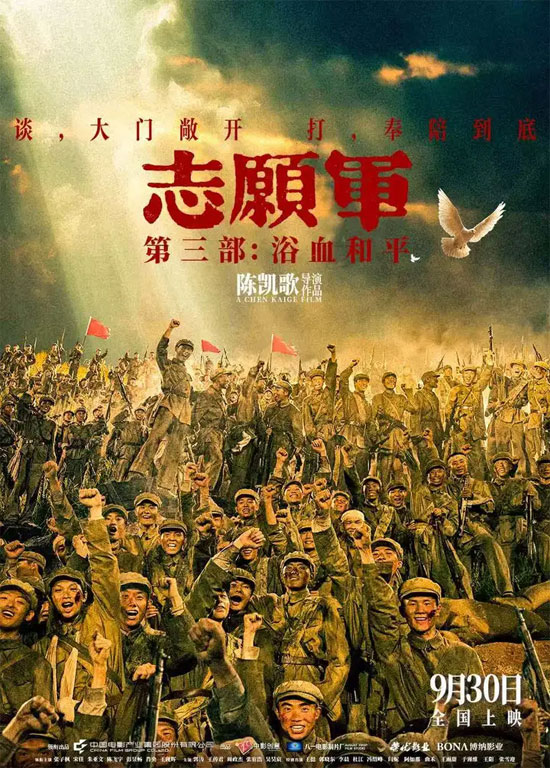
Given this, I no longer wish to criticize “The Volunteers: Peace at Last”… Salute to the most admirable people!
Please specify:Anime Phone Cases » The Volunteers: Peace at Last 2025 Film Review: The hardest part was filmed.